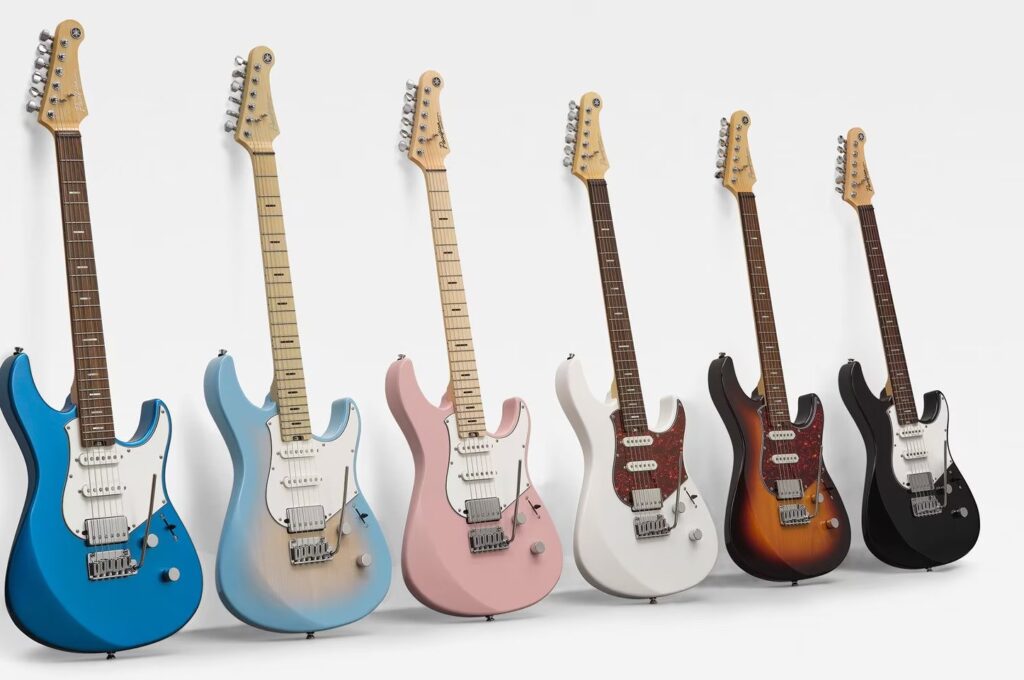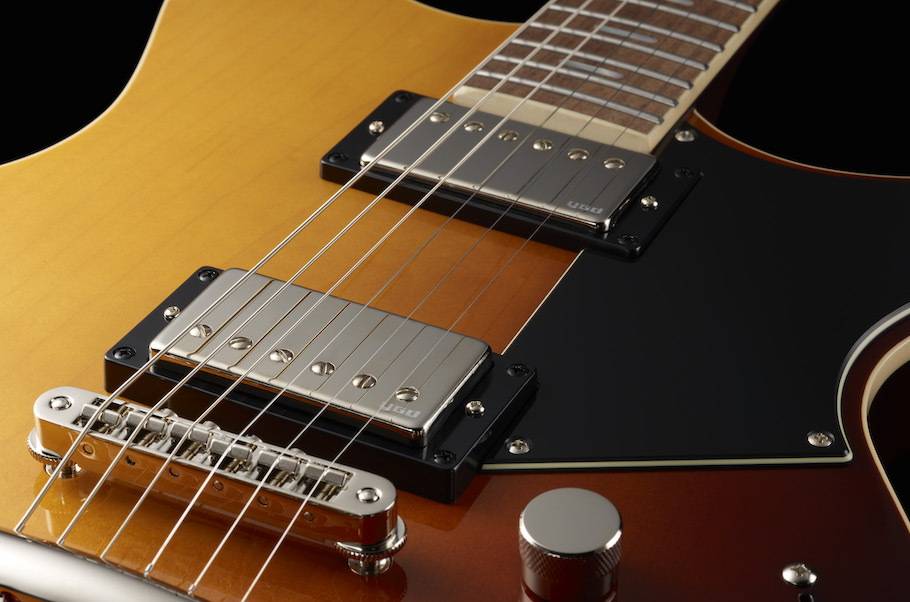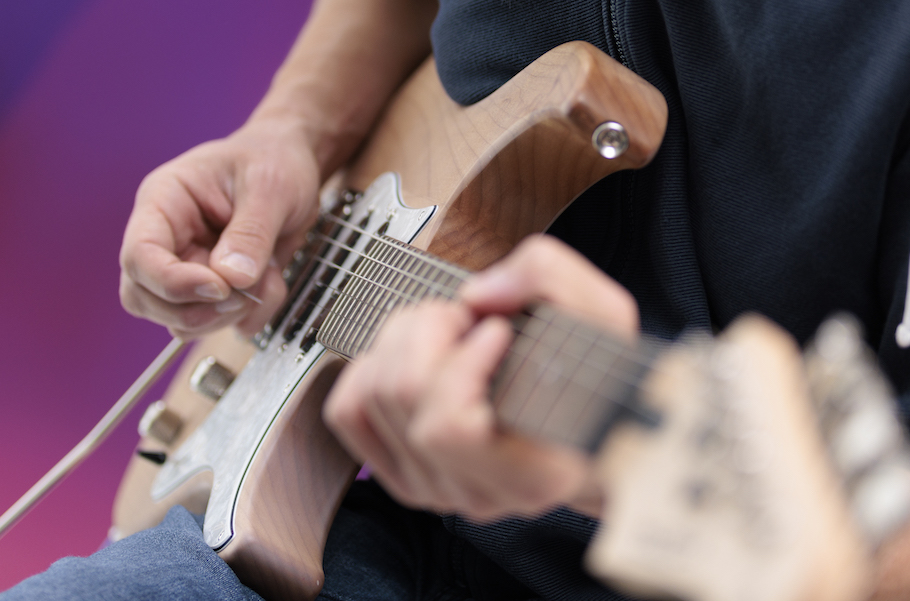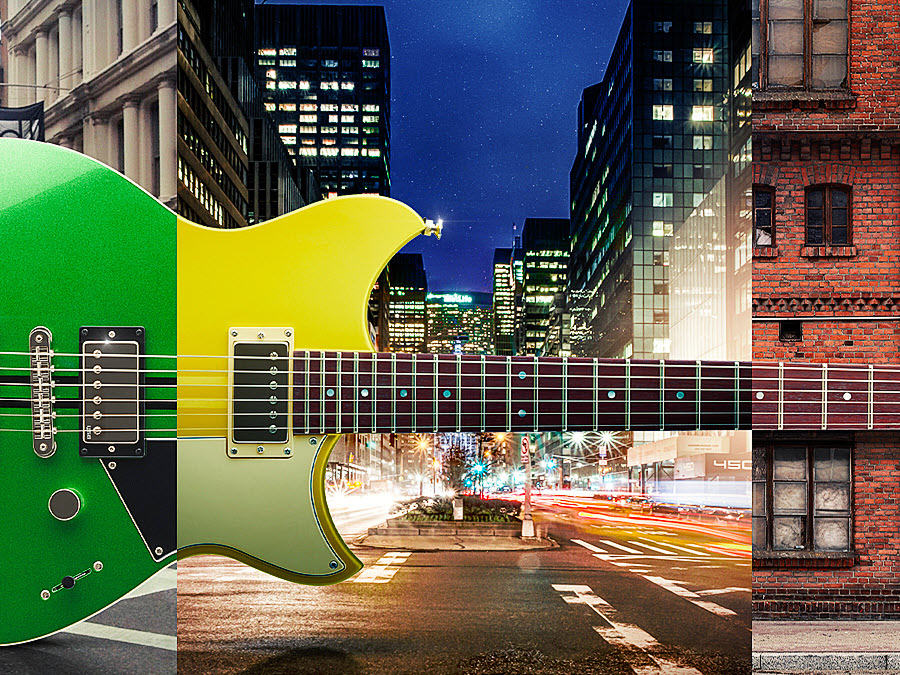Which Electric Guitar Body Type is Best for Your Music?
Solid, hollow or chambered?
Let’s face it, guitar players love their gear! We collect instruments, drool over mystical hand-wired overdrive pedals, and create forums to discuss the latest modelers, vintage tube amps and guitar brands.
In reality, do we actually need multiple versions and variations on the same theme? After all, it’s basically a plank of wood with a set of six tuned strings stretched across it, right?
Well, not exactly.
Whether you’re painting with oils, pastels or tonal colors, you need a set of brushes and a varied palette of colors in order to capture the styles, sounds and flavors you want, be it on canvas or onstage.
As I discussed in a previous posting, the construction, tonewoods, pickups and hardware in any electric guitar all have a significant effect on the resulting tone. Other aspects, such as neck size, dimensions and whether the instrument offers a single or double cutaway, affect playability … and let’s not forget the aesthetic: the visual appeal and how it affects the fashion sensibilities of the artist and the genre of music they represent.
But perhaps the most profound impact on the tonality of an electric guitar comes from its body type — solid, hollow/semi-hollow or chambered. All three can actually be used for most styles of music, but some work better for particular genres than others. Here’s a guide to choosing the best electric body type for your musical needs.
Solid-Body
As its name implies, a solid-body guitar utilizes a single block of wood for its body. The greater mass and minimal acoustic resonance of this type of body emphasizes fewer frequencies, which means that the sound delivered to the guitar’s pickups is essentially uncolored. As a result, the pickup design and internal electronics play a somewhat greater role in tonality than in other body types.
One big advantage here is that solid-body electrics rarely feed back, even when placed right up against an amplifier. These types of guitars also tend to have better sustain than other body types. Just how much sustain you get depends mostly on the kinds of woods used and the types of pickups in the guitar.
Weight can sometimes be an issue with solid-body guitars, but Yamaha Pacifica electrics are cut for comfort, while still providing all the benefits of a solid body. The Pacifica 612VIIFM model I play in the video below is actually one of the most versatile guitars in my arsenal. Sporting a coil-tappable humbucker in the bridge position (when “tapped,” the signal is taken from somewhere within the coil of wire in the pickup rather than from the end of it) and two single-coil pickups in the neck and middle positions, the 612VIIFM provides a total of seven onboard pickup configurations for a huge amount of sonic variety.
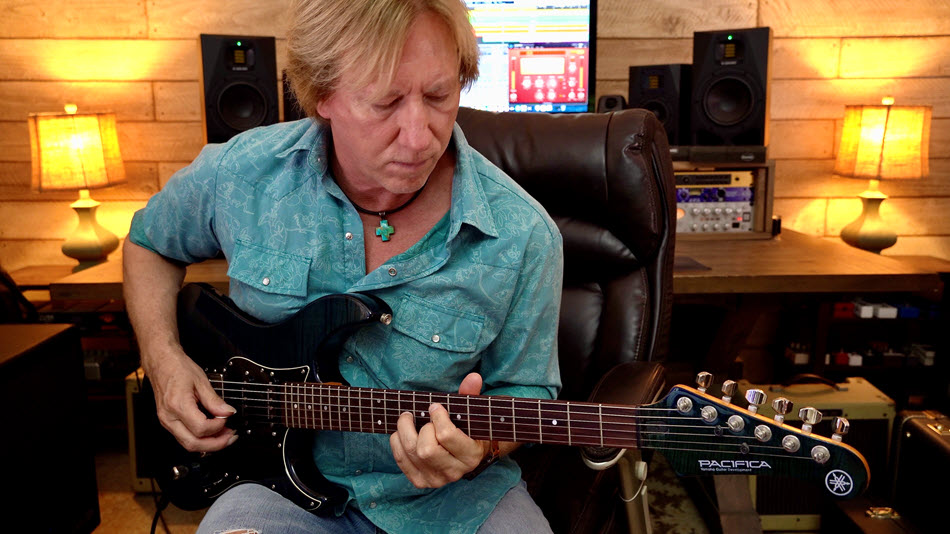
All the tones that come from this guitar are light and bright, especially in the mid-range, and the neck has a slim, satin, super-fast profile that’s perfect for pop, rock and metal. If you prefer a medium fret profile and a longer 25-3/4″ scale length, this guitar could be the perfect fit for you.
The 612VIIFM also features a Wilkinson tremolo bar. Having the ability to add subtle chordal shimmers or crazy dive-bombs will definitely be appealing to many players. This electric covers a lot of musical ground, looks the part both on-camera and onstage, and could very well be the one axe you take into any recording or live performance situation.
Hollow/Semi-Hollow Body
Hollow-body electrics are somewhat similar to acoustic guitars (which are all, by definition, hollow-body instruments). Semi-hollow body instruments differ slightly in that they have shallower bodies and a solid block of wood in the center to reduce feedback.
Both types usually weigh considerably less than solid-body guitars — something to consider if you do a lot of live performance. In addition, because they have a resonating chamber similar to that of an acoustic guitar, you can hear them better when playing unplugged, which might be a factor if you have family, roommates or neighbors who aren’t all that happy when you practice at stage volume. However, because their bodies don’t interact with pickups the way a solid-body does, these types of guitars usually don’t summon up a whole lot of sustain, so if you’re partial to long drawn-out notes, they may not be the ideal choice for you.
That said, the resonance of the body emphasizes low-mid and bass frequencies, so hollow- and semi-hollow body electrics tend to deliver a naturally rich tonality. That’s absolutely true of the highly revered Yamaha SA2200 semi-hollow body, which is one of my favorite guitars to play at trade show events and in-store clinics. This gorgeous instrument has the recognizable contours of an archtop guitar, complete with double f-holes for better acoustic projection. It imparts a warm, “woody” tone, thanks to its design, large body dimensions and acoustic chambers, along with its soft maple center-block construction and Alnico V (coil-splittable) humbucking pickups.

The coil-tap feature allows you to achieve a distinctively bright, clear tone, perfect for delineating arpeggiated chords in a dense mix or with a full band ensemble onstage. R&B, blues, rock, jazz and jazz-fusion players may all favor this guitar for its distinct rhythm tones and silky- smooth single-note passages.
The SA2200 also has that traditional sunburst “cool factor” on the bandstand. It’s not what I would consider a guitar for the metal or hard-rock player visually, though it could definitely take on the gig sonically if need be.
Chambered Body
Electric guitars with chambered bodies essentially combine the best of both worlds. Carved within their solid bodies are a series of finely tuned chambers to change the resonant properties of the wood and alter the tonality in a specific way. Second generation Yamaha Revstar guitars and the recently released Pacifica Standard Plus and Professional models fall into this category; all utilize the signature Yamaha Acoustic Design process to precisely shape tone and increase resonance while at the same time reducing weight and optimizing balance.
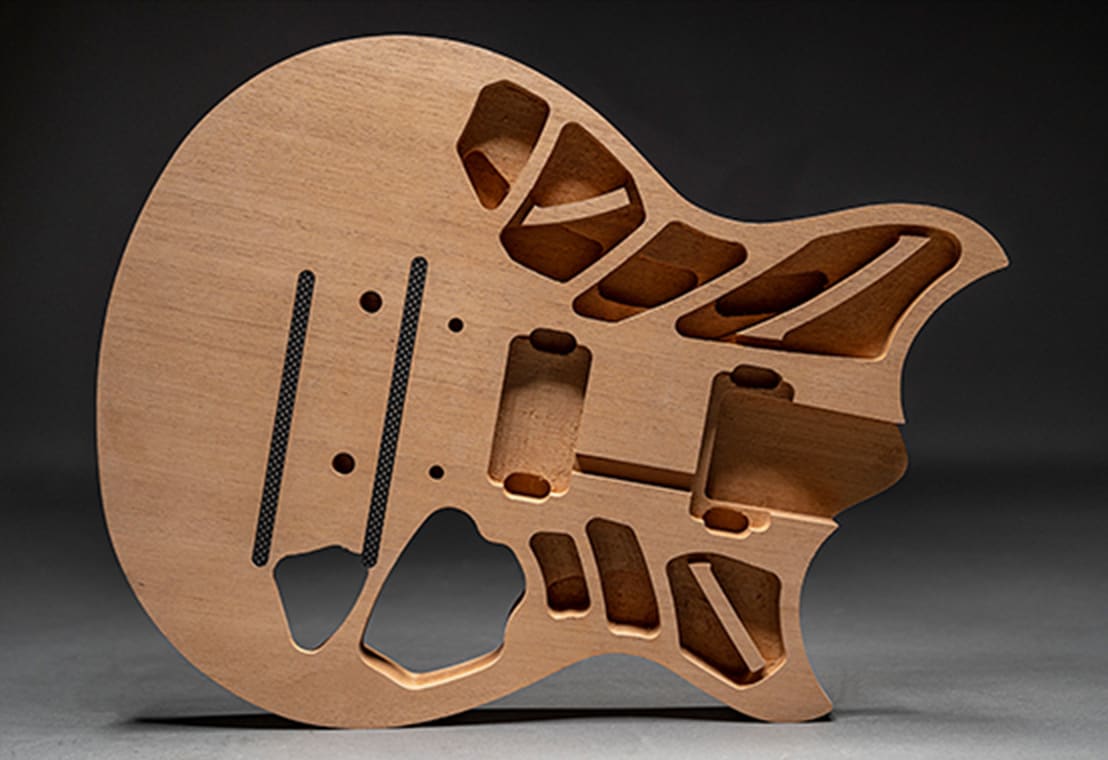
The dual humbucker Alnico V pickup configuration on the RSE20 (one of two Revstar “Element” models), along with its three-way pickup selector and “dry” switch, allows for six onboard pickup variations. (There are ten on Revstar Standard and Professional models.) The dry switch effectively cuts (reduces) the bass frequencies for a cleaner, crisp tonal variation. It’s not a coil-tap, but it will definitely help your guitar achieve extra clarity in a complex mix.

The shorter (24-3/4″) scale length, jumbo frets, 12″ radius and chunky neck profile enables you to easily make slinky note bends, with less string tension than electrics that have a tremolo bar, which require somewhat more effort to bend strings.
Revstar guitars have definitely been styled and designed to rock. Their broad and bold color palette, cafe-racer styling, angled headstock and double-cutaway design pair beautifully with the powerful tones these guitars deliver. That said, Revstars also deliver solid blues and jazz tones, even though the look of the instrument may not fit the band aesthetic for those genres.
The Video
For this video, I recorded an R&B track that demonstrates a rhythm guitar part, an arpeggiated chordal overdub and a solo using all three guitars, each played through the same amp model and effects. Any variation you hear in terms of volume, clarity and presence are a result of the instrument’s innate tonal and design attributes.
The rhythm parts have been layered to support the solo line, and I’ve chosen the pickup selection for each guitar based on musical suitability. I did my best to play each of the three guitars the same way, though I probably unconsciously approached each somewhat differently due to physical variations, tone and psychological perception … which is actually a great way to expand your artistry and explore new musical possibilities.
The Wrap-Up
Can you play every gig, session and presentation using just one guitar? Of course you can … but that would be like wearing a Halloween costume to work every day, or a pair of shorts to a wedding. Possible, but not ideal (or appropriate) for the situation.
We all have one or more “go-to” guitars that we favor … the one(s) that best represent our musical style and stage persona. But we should also consider that axes with different physical attributes can inject creative inspiration, versatility and opportunity into our musical world.
Check out Robbie’s other postings.
Click here for a video of Robbie demonstrating the Yamaha Pacifica 612VIIFM.
Click here for a video of Robbie demonstrating the Yamaha SA2200.
Click here for a video of Robbie demonstrating the Yamaha Revstar RSE20.











